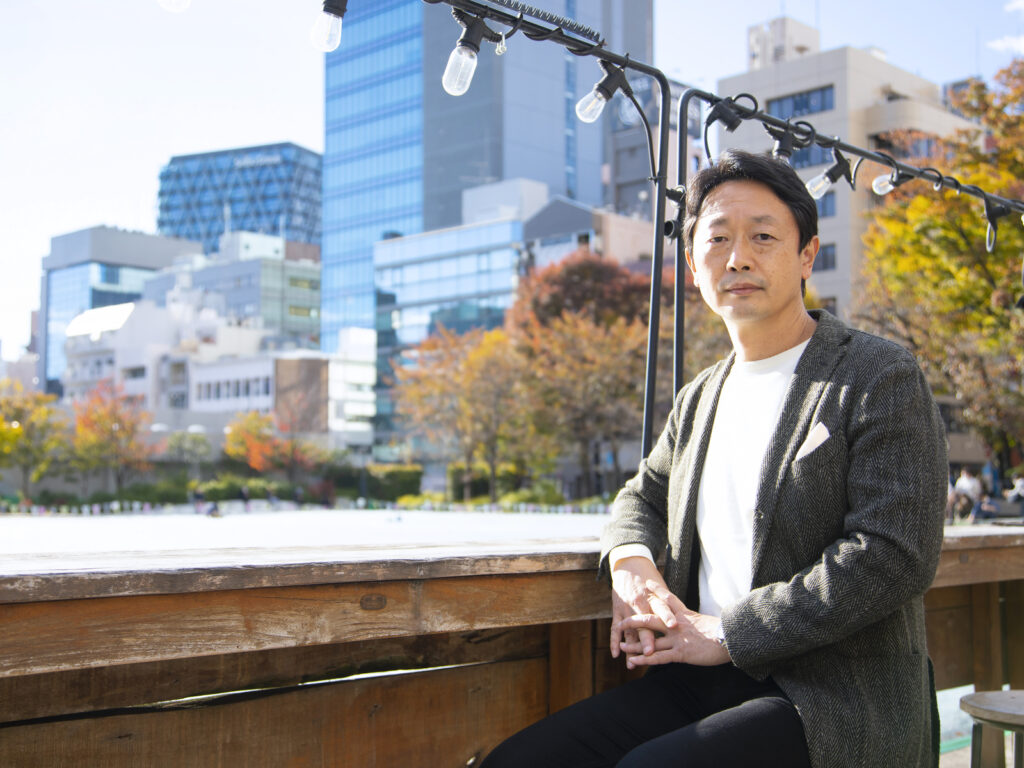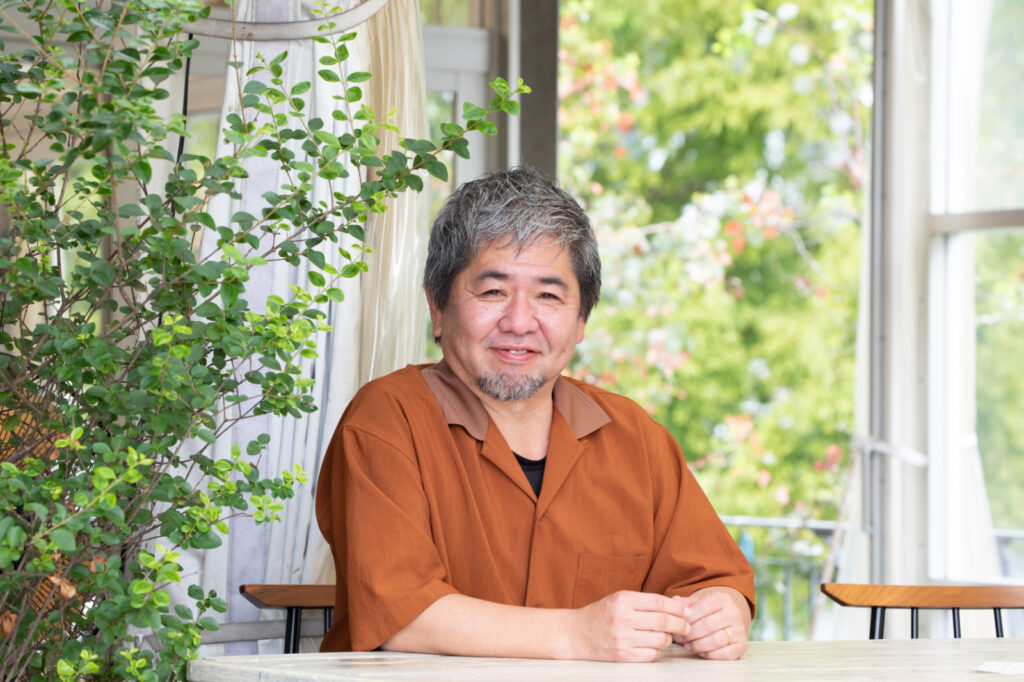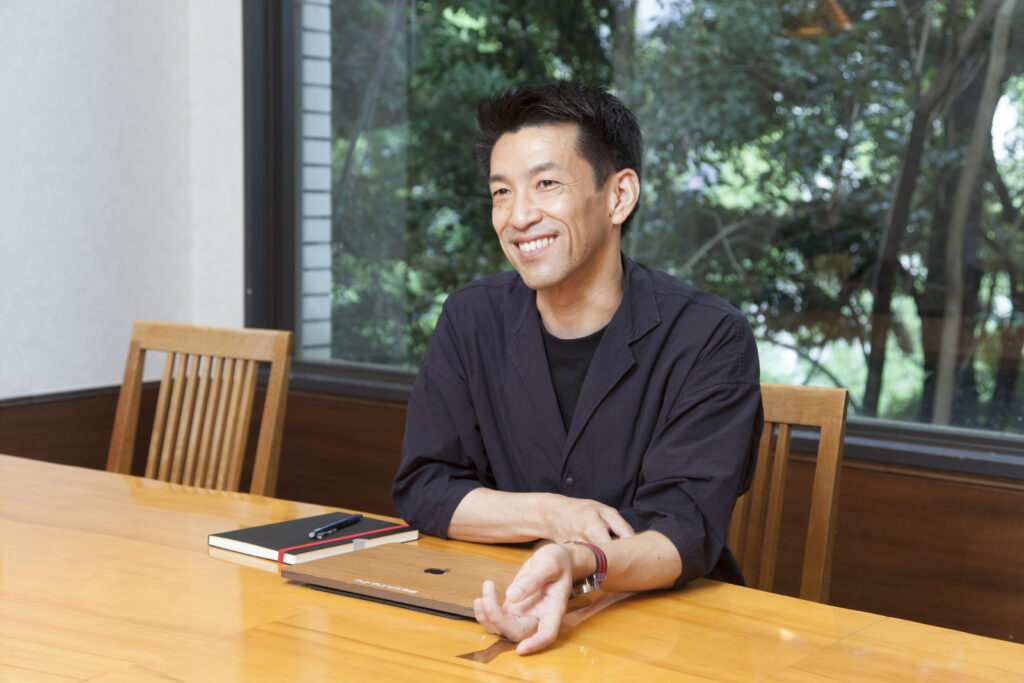The Challenge Garden – Seeded as a Park for the Future and Nurtured by the Public
Hibiya Amenis Corporation
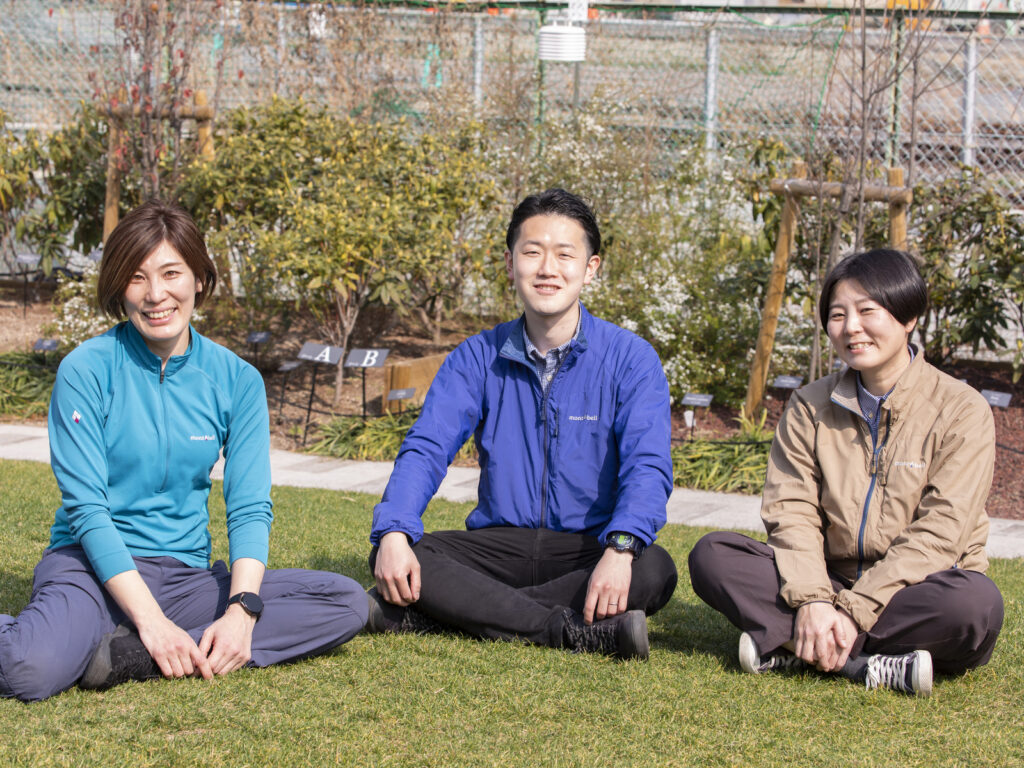
“Umekita Park (tentative name)” (hereafter, Umekita Park) has been developed with the globally active GGN landscape design office as the lead designer. The planting plan evokes the quintessential aspect of Osaka as an aquatic city via waterside plants and satoyama vegetation (undeveloped woodland near populated areas) native to the Uemachi plateau and the hilly suburbs of Osaka. Most notably, a garden replete with indigenous Japanese plants, such as rhododendron, hydrangea, and azalea, is planned for the South Park. Thus, a “Challenge Garden” within the outdoor demonstration space of “Umekita Sotoniwa Square,” which closed in March 2023, was used for a year for demonstration experiments into plant growth and community building through greenery. Mr. Yuki Nagata, Ms. Satoko Onishi, and Ms. Shinobu Ichiya of Hibiya Amenis Corporation, who will manage and operate the new park, were interviewed about the outcome of the project.
Q. Could you please give us an outline of the Challenge Garden project conducted in the “Umekita Sotoniwa Square”?
A. Launched as a one-year project from April 1, 2022, this functioned as a trial for managing and operating Umekita Park, which was scheduled to open somewhere around summer 2024 in advance of the other facilities. Being located in the heart of a city makes it a challenge to nurture plants in Umekita Park. The primary purpose of the project was to experiment with growing the 11 species scheduled to be planted in the gardens of the park, and to monitor their growth throughout the year. At the same time, when we started, we sought to communicate with visitors to the Challenge Garden via those plants, while bolstering expectations and excitement for the newly created park. (Nagata)
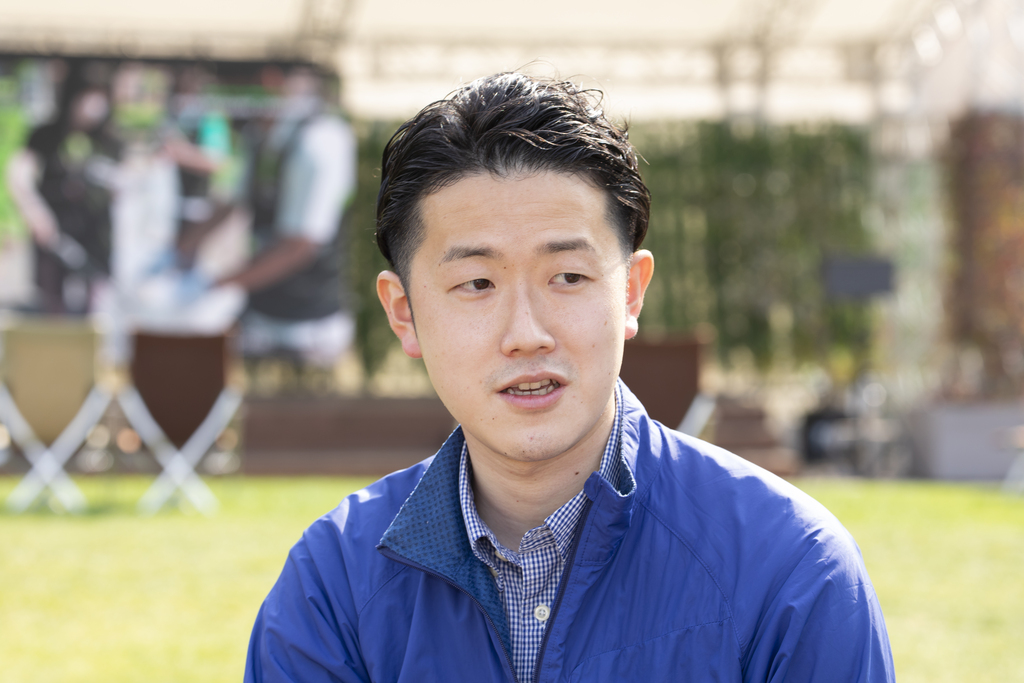
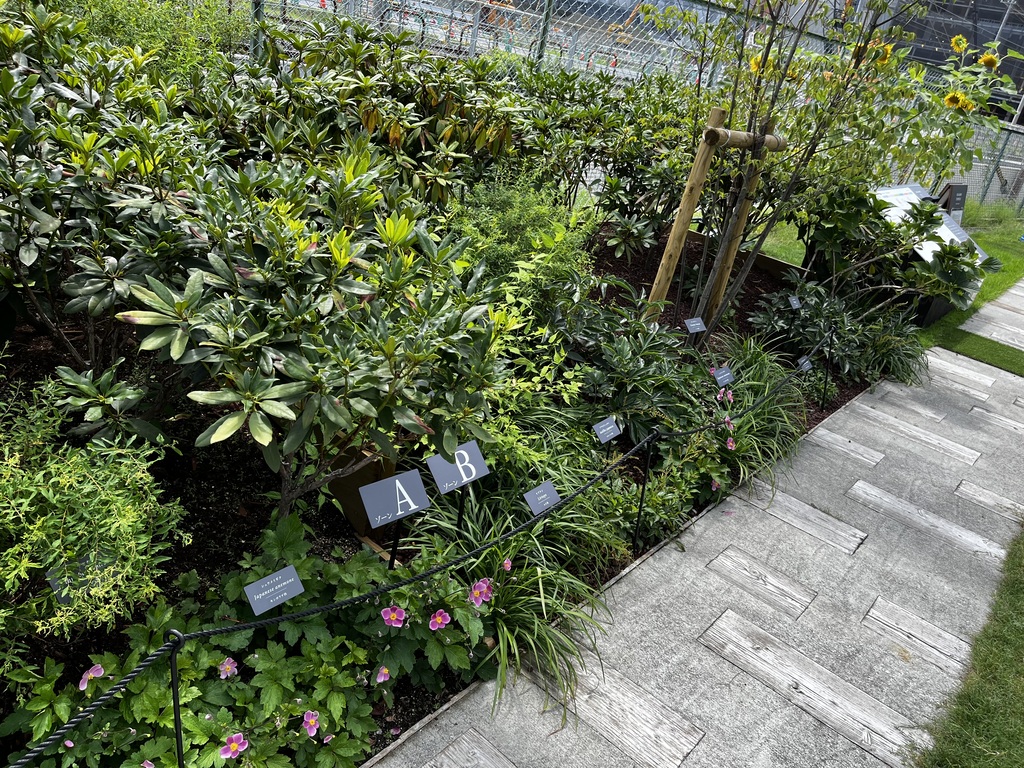
Q. Specifically, what type of demonstration experiments were conducted?
A. One of the trials concerned observing and comparing how plants grow depending on the different soils they are in by splitting the Challenge Garden into two zones, namely A and B. As a result, we determined that specimens planted in Soil A, which afforded better drainage, grew more extensive roots. Better drainage leads to enhanced breathability. Therefore, it is considered that plants in Soil A will grow stronger and become more resilient to environmental changes as their roots spread more broadly into the soil while absorbing fresh air. We expect that by accumulating such data, we can make more informed judgements whenever any changes are noted with the plants in the new park. (Onishi)
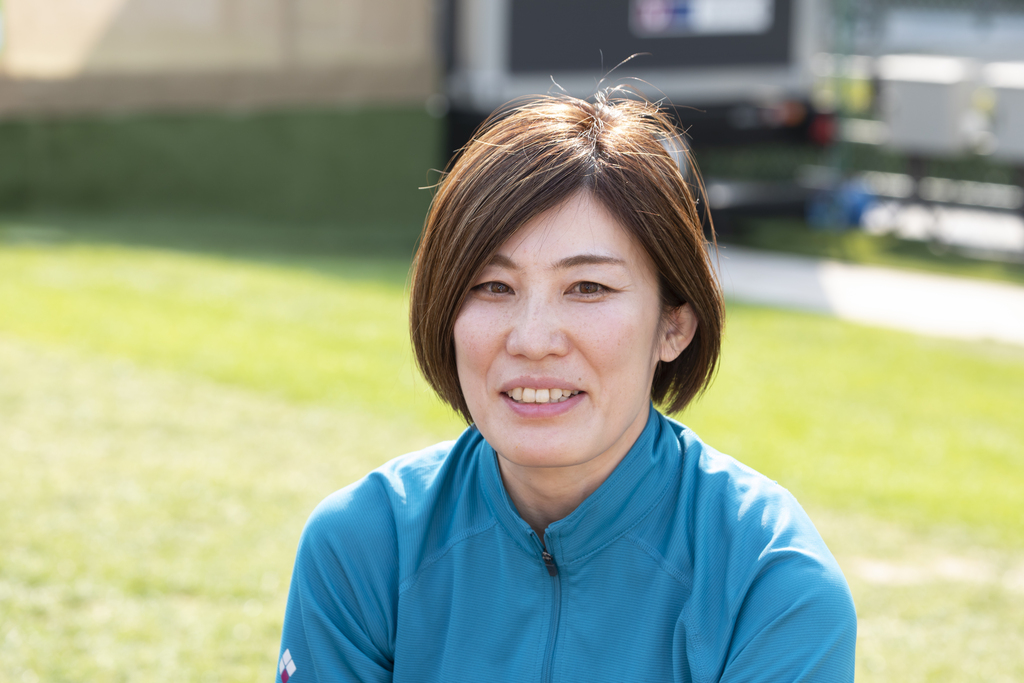
Q. Are there any issues that have been identified through these trials?
A. We plan to plant a wide variety of species in the Umekita Park gardens. As what is deemed a suitable environment differs depending on the species, our concern was whether all these plants would grow successfully under the same environment. Although the species to be planted have been selected from satoyama vegetation in the hills around Osaka, there is a difference between the satoyama and urban environments. Temperatures in summer evenings tend not to drop much in urban areas, and furthermore, the air often becomes dry due to reflected sunshine and winds being channeled between the buildings. Thus, rhododendrons that prefer dappled light filtered through arboreal cover tended to fade due to the strong summer sun. Being able to get data on which conditions caused deterioration while tending these plants has proved invaluable for the park management that will begin next year. (Ichiya)]
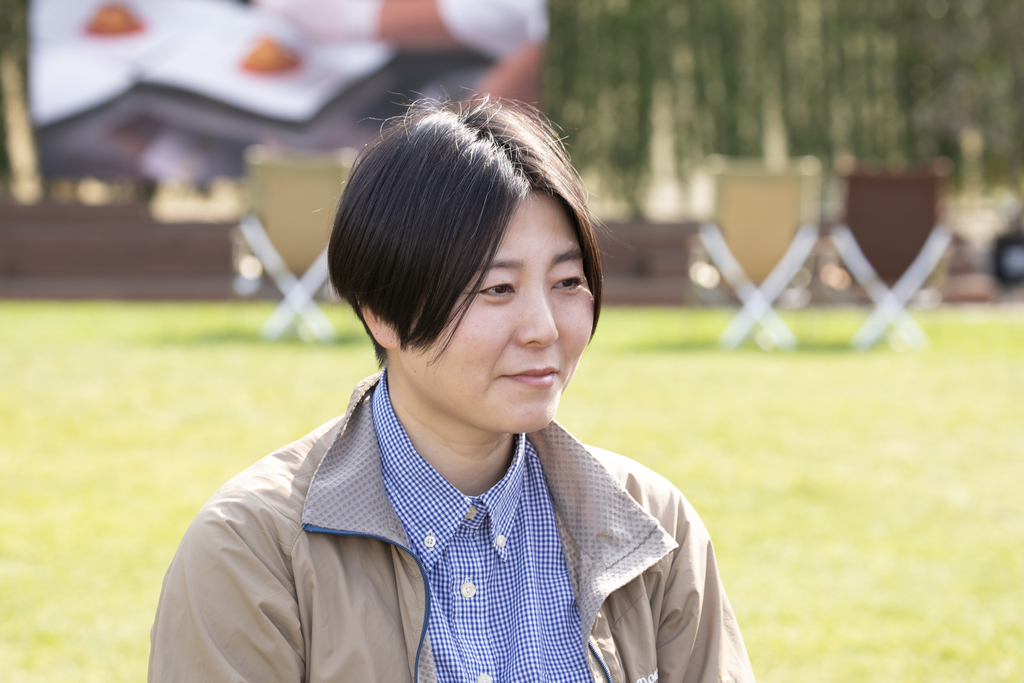
Q. I heard that the Challenge Garden has attracted many different insects.
A. I was thrilled to see honeybees arrive when the Japanese anemone flowers were in bloom. I also observed orthetrum albistylum speciosum and cabbage butterflies. We expect to see a variety of wild birds once some tall trees are planted in Umekita Park. (Ichiya)
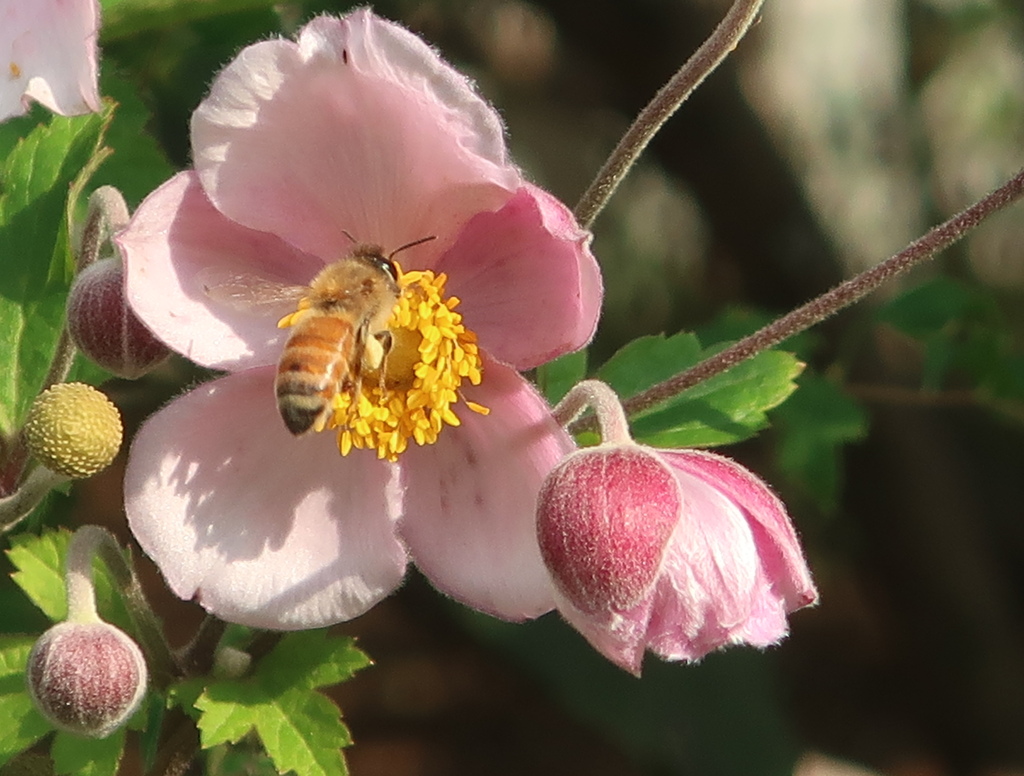
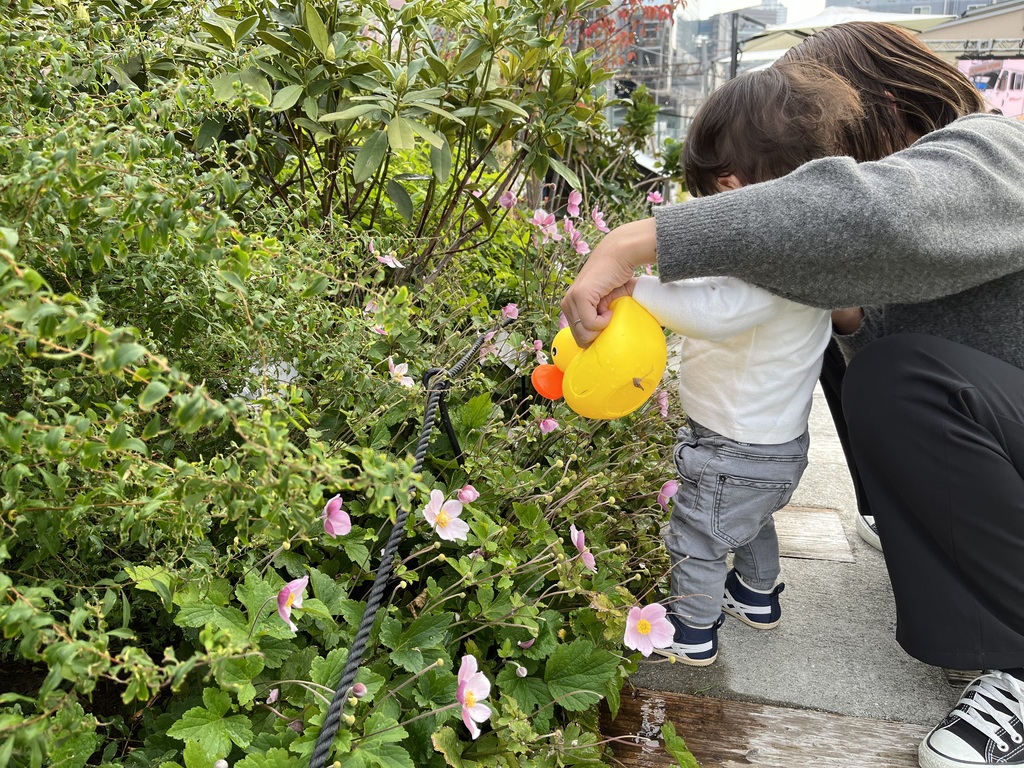
Q. What sort of communication did you have with the public?
A.
In order to communicate with the public, we launched a social media account, and shared daily information about the Challenge Garden; for example, “These flowers are in bloom today,” or “This type of experiment is being conducted at the moment.” I was delighted to see how many parents and children visited on the weekends, and especially how interested the children were in the garden. We also installed postboxes in the garden for two-way communication. Visitors could fill out little tags called “Ohanashi cards” on which they could note their observations or pose any questions about the flowers, and put them into the postbox, then we would reply via Instagram or on a signboard in the garden. When one child commented, “I like flowers much more than before thanks to this garden,” I realized that we were able to convey the appeal of blossoms and greenery. (Nagata)
We also held an event for young children to experience gardening, such as watering with a duck-shaped watering can, and pruning damaged leaves with a small pair of scissors. Because there are limited opportunities for people to come into contact with soil in urban centers, we noticed that some people with young children clearly enjoyed repeated visits. (Ichiya)
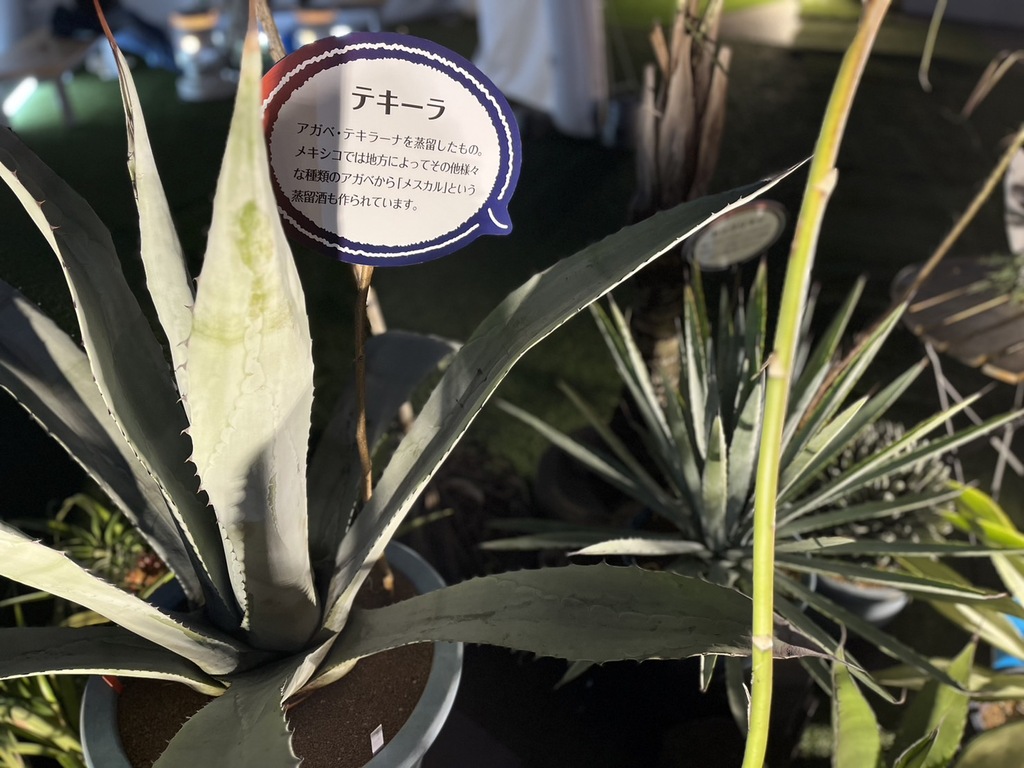
Q. What other events have been held?
A. We held a plant-dyeing class using rhododendron clippings. The clippings were boiled, and then cloth strips were soaked in the resultant liquid. The colors changed through chemical reactions depending on the dye mordant that was soaked next. It proved to be a popular activity for elementary school children conducting independent research as their summer holiday assignment. On the other hand, an after-work plant-themed dining and drinking event was also held to allow workers to become more familiar with plants. For example, tequila is a distilled spirit derived from agave. Participants could learn a little trivia while actually seeing the plants concerned, and then sampling the liquor. I am certain that even people who were not particularly interested in plants could better understand that plants are intimately related to our lives, including our clothing, food, and housing. (Nagata)
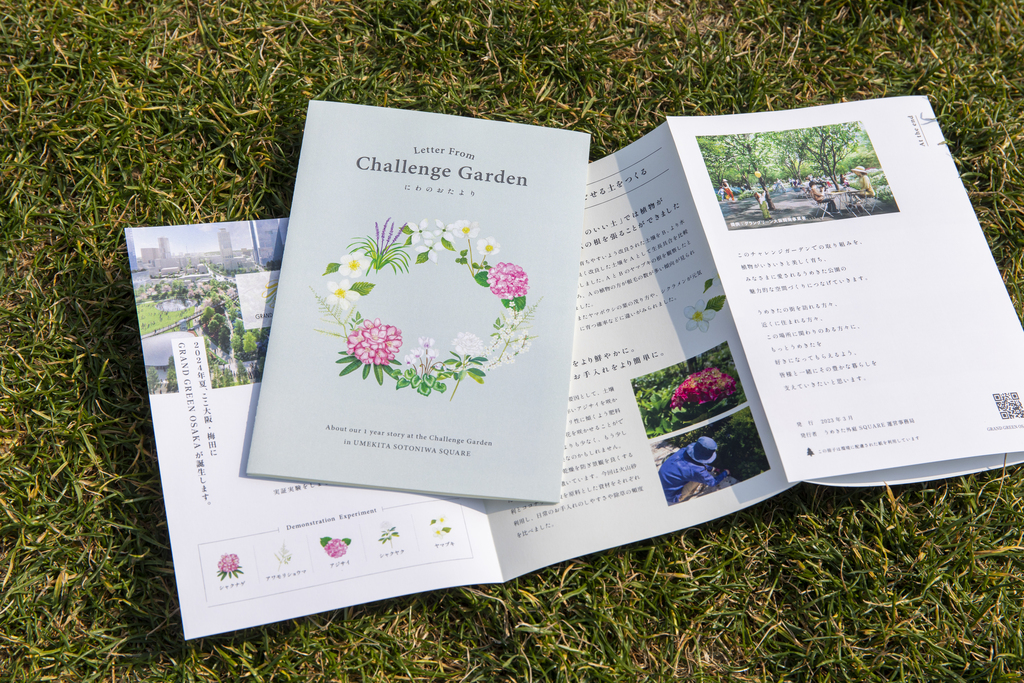
Q. Finally, Umekita Park is scheduled to open around the summer of 2024. What sort of garden do you want it to be?
A.
During the “Green Living Lab Expo” – which was the final event before closing Umekita Sotoniwa Square – a visitor asked, “Is it alright for me to water the garden?”. It was heartwarming to hear that, as visitors willingly helping with the Challenge Garden really embody the direction sought by “Osaka Midori Life” – namely that the public voluntarily nurtures these gardens as a community, which is precisely the aim of Grand Green Osaka. Ideally, we hope to encourage a collaborative relationship in the new Umekita Park, to which end, we would like the park to be a place that fosters communication between local citizens and visitors. (Nagata)
I believe many people will visit the park, and expect that it will be different things to different people. Some will come to relax, some will feel refreshed by taking in all the flora, and others will simply use it to recharge and reinvigorate themselves for the coming days. (Onishi)
I would like the park to be seen as not just a green haven in Osaka, but also as representative of Japan. We will also keep striving to convey just how wonderful the park is and how pleasant our town is as a concierge of this greenery. In the past year,we have been bolstering communication with its users in a variety of ways, and would also like to apply the knowledge and know-how acquired through the Challenge Garden to the newly opened park. (Ichiya)
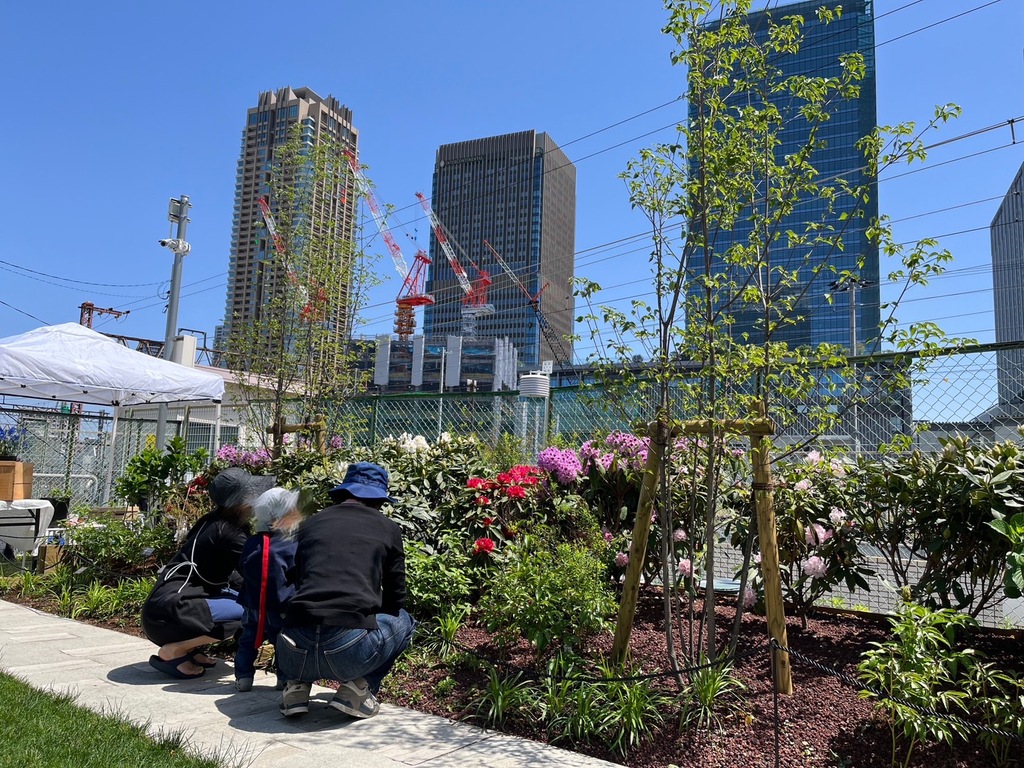
Hibiya Amenis Corporation
Established in 1872. Promotes urban greenery via a wide range of services, from the construction of parks and areas of greenery, to their operation, management, and maintenance under a corporate philosophy of “Amenity landscape creation (Creation of comfortable space).” Representative projects include IKE SUNPARK and GREEN SPRINGS. Designated to handle the management and operation of Umekita Park.
Photo: Koichi Higashiya / Text: Akiko Wakimoto

 Share on Twitter
Share on Twitter Share on Facebook
Share on Facebook